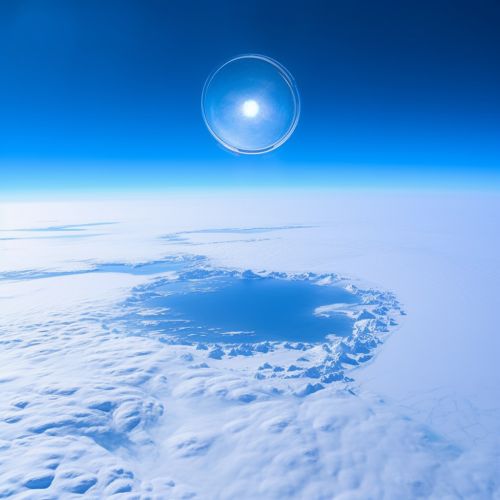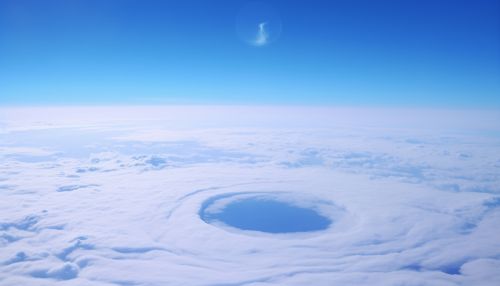Antarctic Ozone Hole
Introduction
The Antarctic Ozone Hole is a severe depletion of the ozone layer above the continent of Antarctica that was first detected in the 1980s. The ozone hole occurs during the Antarctic spring, from September to early December, as strong westerly winds start to circulate around the continent and create an atmospheric container. Within this 'polar vortex', unique chemical processes occur, leading to significant ozone destruction.


Discovery
The discovery of the Antarctic Ozone Hole was made by British Antarctic Survey (BAS) scientists Joseph Farman, Brian Gardiner, and Jonathan Shanklin. The measurements were made with a ground-based instrument called a Dobson Spectrophotometer. The "ozone hole" is an area of the stratosphere with a marked depletion of the ozone layer. It was in 1985 when the team published a paper in the journal Nature announcing their discovery.
Causes
The primary cause of ozone depletion is the presence of chlorine-containing source gases (primarily CFCs and related halocarbons). In the presence of UV light, these gases dissociate, releasing chlorine atoms, which then go on to catalyze ozone destruction. The ClO dimer mechanism is one proposed mechanism by which this happens.
Impact
The Antarctic Ozone Hole has generated substantial interest and concern around the world because of the harmful effects of increased UV radiation on the environment and human health. For example, increased UV can cause skin cancer and cataracts in humans, and harm animals, particularly those living at or near the surface of oceans.
Recovery
Efforts to reduce the production of CFCs and other ozone-depleting chemicals have been successful, with the signing of the Montreal Protocol in 1987. Since then, the size of the ozone hole has stopped growing and appears to be slowly recovering. However, full recovery is not expected until the middle of the 21st century.
